Chapter: Biology Practicals: Collecting Biology Specimens
Phylum Chordata - Collecting Biology Specimens
Phylum Chordata
Chordata are eukaryotic organisms that contain a backbone. These organ-isms have 4 distinct features:
1. They have a notochord in the embryonic stage. In most chordates this will be replaced with a vertebral column.
2. They have a nerve chord.
3. They have gill slits during the embryonic stage.
4. They have a tail which is behind the anus.
In this phylum, there are 6 classes: Chondrichthyes, Osteichthyes, Am-phibia, Aves, Reptilia, and Mammalia.
Class Chondrichthyes
Sharks (Papa), Skates (Taa), and Rays
Chondrichthyes are also known as cartilagous sh. Chondrichthyes include sharks, skates, and rays.
The features of Class Chondrichthyes are:
1. The skeleton is made of cartilage.
2. The body is covered with placoid scales.
3. The tail n is asymmetrical.
4. The gill slits are visible.
5. The mouth and two nostrils are centrally placed.
6. They are cold blooded or ectothermic. This means their body temper-ature changes with the environment.
Collection
Chondrichthyes can be found in most sh markets by the ocean.
Preservation
Chondrichthyes can be preserved in a formaldehyde solution.
Killing
Chondrichthyes can be killed by removing them from water.
Dissection
For sharks, make a lateral cut from the mouth down to the anus. Make another cut from the left pectoral n to the right. Peel back the layer of skin and examine the internal organs. You can also examine the brain by shaving o thin layers from the top of the head until you reach the brain.
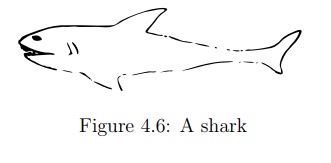
Figure 4.6: A shark
Class Osteichthyes
Tilapia (Sato) and small sh (Dagaa)
Osteichthyes are also known as bony sh. The following are the characteris-tics of Class Osteichthyes:
1. The skeleton is made of bone.
2. The body is covered with scales.
3. The gills are covered by an operculum.
4. The tail n is symmetrical.
5. Most have an air sac or swim bladder.
6. They are cold blooded or ectothermic. This means their body changes temperature with the environment.
Collection
Osteichthyes can be found in both fresh water and the ocean. Fresh killed sh can also be purchased at the sh market.
Preservation
Osteichthyes can be preserved in a formaldhyde solution. Ostechithyes can also be dried and smoked. To smoke a sh, make a re and put sh on a rack over the re. Smoke the sh until it is dry. This takes from hours to days depending on the size of the sh.
Killing
Osteichthyes can be killed by removing them from water.
Dissection
Make a lateral cut from the mouth to the anus of the sh. Open the cut and observe the digestive system. Then, peel back the gill cover, operculum, and observe the structure of the gills.

Figure 4.7: Have students observe and identify the gills of a sh.
Class Amphibia
Frog (Chura wa majini), Toad (Chura wa nchi kavu), and Salaman-der (Boromondo au Tunutunu)
The features of this class are:
1. They have to spend part of their life in water during the larva stage.
2. Their skin is always moist and without scales.
3. Their life cycle involves a form called a tadpole.
4. They are cold-blooded or ectothermic.
Collection
These organisms can be found near rivers or ponds. Toads can also be col-lected at night during the rainy season. Use cages or sweep nets to capture amphibians.
Preservation
Make an aquarium or pond for live specimens, providing small insects for food and a source of water. For the preservation of dead specimens inject formaldehyde or leave in the sun for a few days until they are dried.
Killing
To kill Amphibians, keep them in an airtight container or prick their head with a nail or pin.
Dissection
For frogs, make a lateral cut from the mouth to the anus. Then make two intersecting cuts, one that is under the arms and one that is above the legs. Peel back the layer of skin and observe the internal organs.
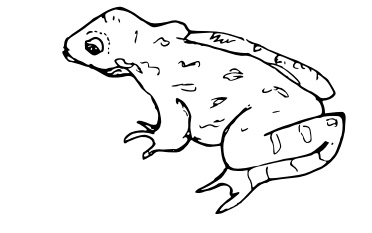
Figure 4.8: Frogs have moist skin and are ectothermic.
Class Reptilia
Lizards (Mjusi), Crocodiles (Mamba), Snakes (Nyoka), Turtles (Kasa), and Tortoise (Kobe)
The following are the features of Class Reptilia:
1. They have dry skin with horny scales.
2. They are cold blooded or ectothermic.
3. They lay their eggs on land and the eggs have a soft shell.
Collection
Reptiles can be found on rocks or in caves, inside cracks in the wall, forests, and in or nearby rivers and lakes.They can be collected by using sweep nets, traps, or shing nets.
Preservation
Live specimens can be held inside a cage or aquarium. Snakes should be fed small rodents and turtles can be given grass or leaves. For dead specimens, preserve them by placing them in an airtight container with formaldhyde solution.
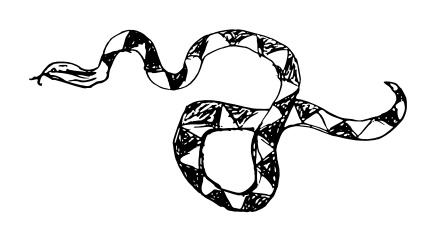
Figure 4.9: Snakes are an example of a reptile.
Killing
Reptiles can be killed by placing them in an airtight container, submerging them in bucket of water, or hitting the back of their head with a pin or nail.
Dissection
For dissection, follow the same guidelines as amphibian dissection.
Class Aves
Eagle (Tai), Owl (Bundi), Crow (Kunguru), and Chicken (Kuku)
Class Aves contains the organisms commonly known as birds. The following are the features of Class Aves:
1. Their body is covered with feathers.
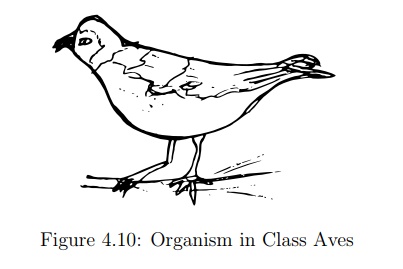
2. They have wings.
3. They have a bill or beak.
4. They lay hard-shelled eggs.
5. They are warm blooded or homothermic, which means they maintain a constant body temperature.
Collection
Chicken are kept domestically and can be easily purchased or raised. Wild birds usually live in the forest and can be killed using a sling shot or captured live with the use of a sweep net or shing net.
Preservation
To preserve dead specimens, place them in an airtight container with formalde-hyde solution. You can also keep and dry bones of dead bird for studying.
Killing
To kill birds, break their neck, drown them in water, or use a slingshot.
Dissection
Make a lateral cut starting at the lower abdomen up to the sternum. Cut through the rib cage and pin it back to the dissection tray to examine the heart, respriatory system, and digestive system.
Mammalia
Rats (Panya), Cats (Paka), Goats (Mbuzi), Bats (Popo), Whale (Nyangumi), and Humans (Binadamu)
The following are the features of Class Mammalia:
1. They have a developed brain.
2. They have hair or fur on their body.
3. They have mammary glands which in females, produce milk.
4. They have teeth.
5. They have a diaphragm.
6. They are viviparous, which means the fetus develops inside the mothers body.
7. They have sweat glands.
8. They are warm blooded or homoeothermic.
Collection
Rats can be captured overnight using a trap. Bats can be collected during the day, when they are sleeping, by using a sweep net.
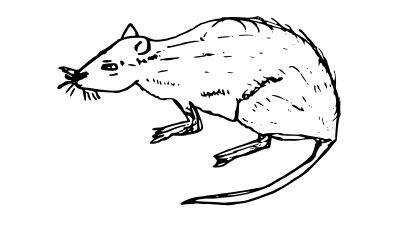
Figure 4.11: Rats are a common example of a mammal and can be used in many dissection activities.
Preservation
Mammals can be preserved in a formaldhyde solution.
Killing
Specimens should be killed by drowning. Place the mammal inside a cage or trap and submerge in a bucket of water. Wait at least 10 minutes. After the animal is dead, add one cap full of bleach for every ve litres of water in the bucket (e.g. 2 caps of bleach for a 10 litre bucket). Stir the contents of the bucket. Wait 20 minutes. The bleach will kill harmful organisms on the outside of the specimen.
Dissection
Make a lateral cut from the mouth to the anus. Then make 2 cuts, one from hand to hand and another from foot to foot so that both cuts cross the rst lateral cut. Separate the skin and pin it to the dissection tray to examine the internal organs.
Related Topics